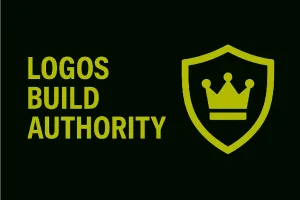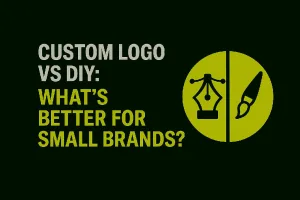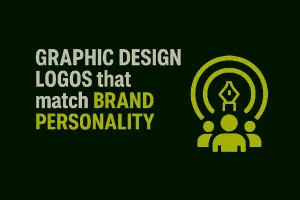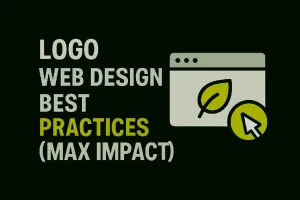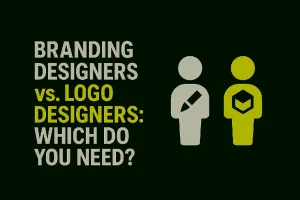Designing a great logo is one thing.
Designing a logo that still looks great when stitched into fabric — that’s another level.
Embroidery adds a tactile, premium feel to branding — but it also comes with physical limitations that most people don’t think about until it’s too late.
At LogoFarmer’s Studio, we always think ahead about how and where a logo will be used.
Here’s a practical guide on how to design logos for embroidery, so your brand looks just as sharp on a stitched cap as it does on a screen.
1. Keep It Simple — Especially in Small Sizes
Embroidery can’t handle tiny details.
Too many fine lines, thin strokes, or intricate icons can become a blur of thread.
Tip:
Avoid fine textures, complex gradients, and overlapping tiny shapes.
Prioritize bold, clean forms that hold up at 1–2 inches wide.
Think Nike, Adidas, or Under Armour — their logos are embroidery-friendly because they’re simple and strong.
2. Use Thick Lines and Solid Shapes
Threads have physical width. Thin lines either disappear or break during stitching.
Aim for:
Stroke widths that can withstand stitching (usually 1 pt or more when scaled)
Solid, bold shapes without too many breaks or gaps
Tip:
If you’re using a monogram or icon, keep spacing generous — tight spacing can cause threads to blend.
3. Stick to 1–3 Flat Colors (Max)
Embroidery machines use a set number of threads, usually up to 12, but fewer is better.
Gradients, shadows, or soft fades don’t translate into thread. Instead, they can make the final stitch look messy or unfinished.
Tip:
Use high-contrast, flat colors — and test the logo in monochrome to ensure it still reads clearly.
4. Avoid Tiny Text — or Create an Embroidery-Specific Version
Text under 0.25 inches tall (about 6pt at print size) usually gets lost.
Options:
Use bold, simple fonts (no thin serifs or delicate scripts)
Remove small taglines from your embroidery version
Consider an alternate version of your logo that includes just the icon
At LogoFarmer’s Studio, we provide clients with embroidery-optimized variations as part of a complete logo system.
5. Test It Digitally First — Then in Thread
Mock it up in real contexts:
On a cap
On a polo shirt
On fabric tags or packaging
Once it looks great in mockups, request a thread test sample from your printer or embroidery supplier.
Sometimes a logo looks clean on screen, but the stitching reveals weak points you couldn’t see digitally.
Bonus: File Formats for Embroidery
Your regular .AI, .EPS, or .PNG logo files won’t be enough.
You’ll need:
A digitized embroidery file, like .DST or .PES
Simplified vector artwork, provided to the embroidery vendor
You don’t need to create these files yourself — but your designer should hand over a logo that’s ready to be digitized without edits.
Conclusion
Embroidery is where design meets durability.
Your logo needs to do more than look good — it needs to perform well when stitched, worn, and washed.
The best embroidered logos are:
Simple
Bold
Scalable
Stitch-friendly
At LogoFarmer’s Studio, we design logos with versatility in mind — including how they’ll look in the real world, from business cards to fabric threads.
Need a logo system that works on everything — including merch?
Let’s create one together.
Start Your Project ➔



